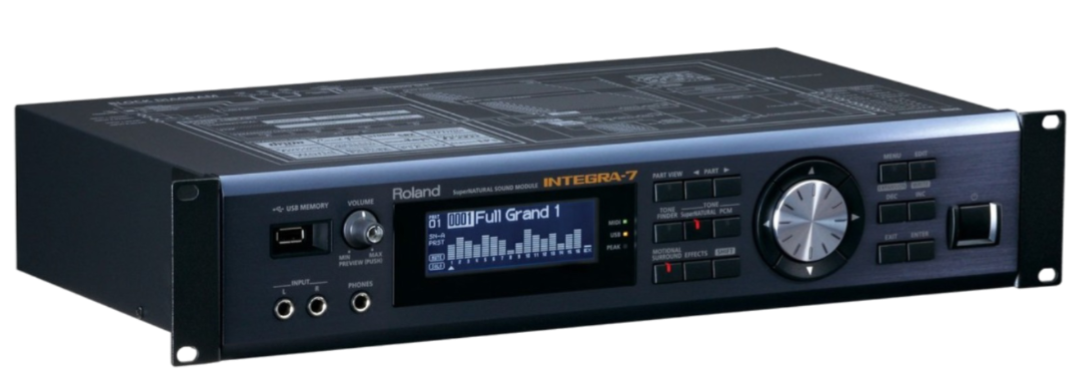Level
You can find a lot about the history of the piano on this page. Handy if you want to make a speech about the piano!
When we think of old keyboard instruments we often think of pianos, but there are even older instruments, such as the harpsichord and the clavichord. Of course, there were also all kinds of organs, but that is not what this website is about. You can’t play hard and soft on a harpsichord. By pressing the key, a pin plucks a string. Hence the somewhat metallic sound of the harpsichord. You can play a little louder or softer on a clavichord, but you had to be very quiet, otherwise you would hardly hear anything, because a clavichord cannot play that loudly. But it was a very popular instrument for the living room for a long time.
Bartolomeo Cristofori from Italy invented around the year 1700 a mechanism that allows you to hit a leather hammer against a string via a key. In this video you can see how it works. He called his musical instrument a 'fortepiano'. Forte means loud in Italian, and piano means soft. It was a keyboard instrument that you could play loudly and softly, which was not possible on a harpsichord. Later the name of the new instrument was shortened to piano. Bach was introduced to the piano just before his death in 1750, but he was not very impressed. But 20 to 30 years later, hardly anyone played the harpsichord anymore; the piano had become much more popular in the meantime.


In the so-called Viennese Classical period, famous composers wrote a lot of piano music, for example Ludwig van Beethoven, known for 'Für Elise', among others. Also Mozart and Haydn wrote a lot of piano music. A little later lived Frédéric Chopin (1810-1949), a composer who composed almost only for the piano. Nowadays we often find his music quite romantic, but many of his contemporaries found it too modern, with its sharp dissonances! One of the most famous pianists of all time was Franz Liszt.
In the period after 1850, many inventions were made in Europe. Much was also improved in the piano. For example, Sébastien Erard invented the so-called double-repetition mechanism. This allows pianists to press the same key in succession very quickly. By inventing the cast iron frame, piano builders could use increasingly thicker strings, making the piano sound louder and fuller. All the strings in a piano can create a tension of up to 20,000 kilos on the frame!! The picture shows that a piano consists of many different parts.
In the second half of the 19th century, composers and pianists could make use of all these possibilities. Later, the pianola also became very popular. A pianola is an ordinary piano that can also be played using punched cards, much like a barrel organ. There is of course a lot to say about jazz piano and jazz pianists, but then this would be a very long page. So we will quickly move on to the new keyboard instruments, the synthesizers and keyboards, because pianos have not changed much in the last 100 years.


Around 1960/1970 people tried to make sounds with electronic aids. That could be very funny, and sometimes very exciting. But those synthesizers almost never produced sounds that sounded like regular 'real' instruments. In the 1990s, digital techniques continued to improve. So-called 'samples' were used. These are actually short digital recordings of real instruments. With all kinds of tricks, these samples can be used in keyboard instruments in a smart way, so you can now play the saxophone or violin on a keyboard instrument. Or drumming. Nowadays, the samples no longer have to be in a keyboard instrument. Sometimes they are in a separate small box, a sound module, but more often the sounds are in a software package. You usually connect an electronic keyboard with MIDI to such a software synthesizer in your computer. You then play via that keyboard and use your computer to choose which sounds you hear. By using the MIDI standard, all these devices understand each other. Using MIDI is often quite easy these days, but the technology behind it can be quite complicated!



